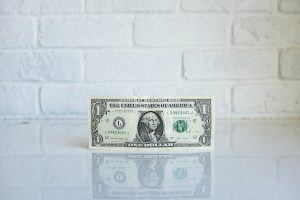Forex trading is a popular form of investment that allows traders to speculate on the exchange rate movements of different currency pairs. While the forex market offers potential for high returns, it also comes with its own set of costs and fees. In this article, we’ll explore the different costs associated with forex trading and how they can impact your profitability.
Spread
The spread is the difference between the bid and ask price of a currency pair. It is essentially the fee that a trader pays to the broker for executing a trade. The spread can vary depending on market conditions, but it is typically a few pips (percentage in point) for major currency pairs. For example, the spread for the EUR/USD pair might be 1.2 pips, which means a trader would pay $12 for every $1000 traded.
Commission
Some brokers charge a commission on each trade in addition to the spread. This commission can be a fixed amount or a percentage of the trade size. For example, a broker might charge $5 per lot (100,000 units of currency) traded. This means that if a trader were to trade one lot of the EUR/USD pair, they would pay $5 in commission on top of the spread.
Swap
A swap is a fee that is charged for holding a position overnight. It is essentially the interest rate differential between the two currencies in the pair. If a trader is long on a currency with a higher interest rate than the currency they are short on, they will earn a positive swap. Conversely, if they are long on a currency with a lower interest rate than the currency they are short on, they will pay a negative swap. The amount of the swap can vary depending on the interest rate differential and the size of the position.
Slippage
Slippage occurs when a trader enters or exits a trade at a price that is different from the expected price. This can happen when there is high volatility in the market or when there is a delay in the execution of the trade. Slippage can be positive or negative, but it can impact the profitability of a trade.
Leverage
Leverage is a tool that allows traders to control a larger position with a smaller amount of capital. For example, a broker might offer a leverage ratio of 1:100, which means that a trader can control a position of $100,000 with a margin requirement of $1,000. While leverage can amplify potential profits, it also increases the risk of losses. Traders should be aware of the risks associated with leverage and use it responsibly.
Conclusion
Forex trading can be a profitable investment, but it also comes with its own set of costs and fees. Traders should be aware of the different costs associated with forex trading and how they can impact their profitability. The spread, commission, swap, slippage, and leverage are all important factors to consider when trading forex. By understanding these costs and using them to their advantage, traders can improve their chances of success in the forex market.





